The 5 Healthiest Fruits for Your Diet
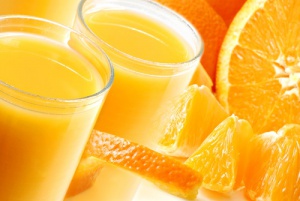

Reviewed and approved by the physiotherapist Sofía Quintana Alonso
A good diet is a major part of staying healthy. Obviously, fruits are one of the keys to that, with all their vitamins. So, it’s best to make them as big a part of your diet as you can. If you’re wondering what the healthiest fruits are, keep reading–we’re going to show you the top 5!
The 5 healthiest fruits
1. Blueberries
Blueberries grow mostly in cold climates in the northern hemisphere. They’re low in calories and have some great overall health properties. They’re also high in vitamin C, potassium, iron, and calcium. Plus, they also have tons of natural pigments like anthocyanin and carotenoids.
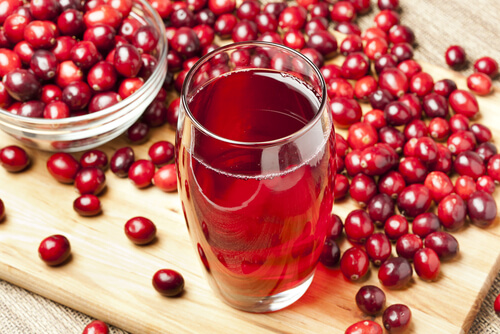
That makes blueberries excellent natural antioxidants, so they can help prevent diseases like cancer or macular degeneration. They’re also a huge help in preventing urinary infections. Lastly, they’re a rich source of fiber, which improves intestinal function and strengthens your teeth, hair, and muscles.
2. Oranges
Oranges are one of the other healthiest fruits out there. They’re a great source of vitamin C, which can help prevent and even treat respiratory illnesses like the flu, colds, or catarrh. They’re high in potassium, which is good for your muscles, and also contain hesperidin, a compound that can bring your cholesterol level down.
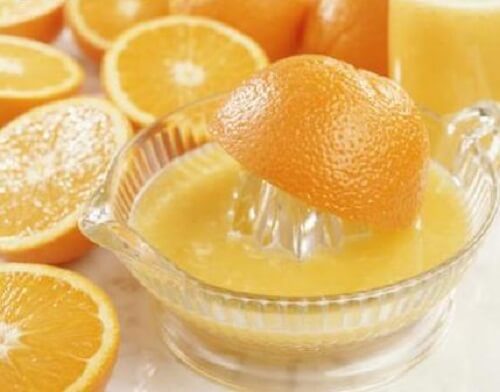
The smell that oranges give off can soothe nerves and anxiety, which makes it very helpful for relaxing. Another wonderful property is that they’re a great antioxidant and depurative, which can help disinfect your body. Oranges even have some protective effects for your cells. Do you see why they’re one of the healthiest fruits now?
You might like:
3. Apples
One of the most popular, healthiest fruits are apples. They’re an effective antioxidant thanks to their flavonoid content. This means they can help prevent diseases like cancer, slow down the aging process, and strengthen the immune system in general. Dentists recommend eating apples because they reduce the levels of bacteria in your mouth.
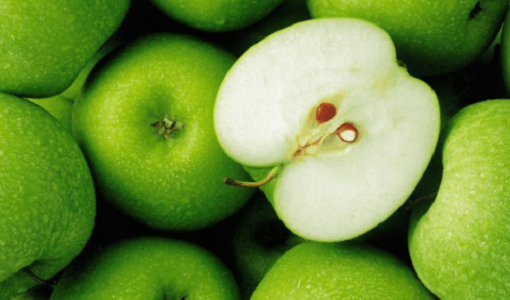
4. Kiwis
They aren’t very popular, but kiwis also have a lot of properties many people don’t know of. They’re a great source of fiber. Like we mentioned earlier, this nutrient is helpful in balancing cholesterol levels and improving intestinal function. As incredible as it may sound, kiwi has twice as much vitamin C as oranges.
Read more:
8 Benefits Of Kiwis That You Should Know About
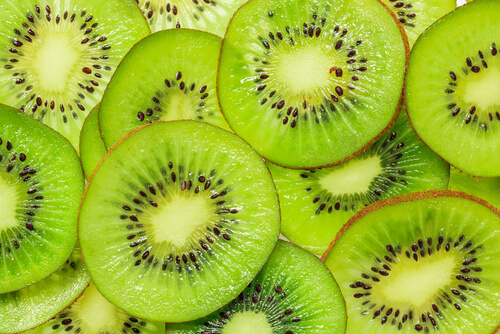
Vitamin C strengthens your immune system, prevents respiratory diseases, and even helps with iron absorption. Kiwis are also rich in lutein, a natural pigment that acts as a filter for solar radiation. Lastly, they have high levels of folic acid, which can help prevent anemia and heart problems.
5. Strawberries
Besides being delicious, strawberries are an amazingly healthy fruit. They have high levels of vitamin C, lecithin, and pectin, which will help reduce your cholesterol levels and prevent diseases like atherosclerosis.
Strawberries can also help control type II diabetes and heart and inflammatory problems. On top of all that, they also contain omega 9 and minerals like magnesium and copper.
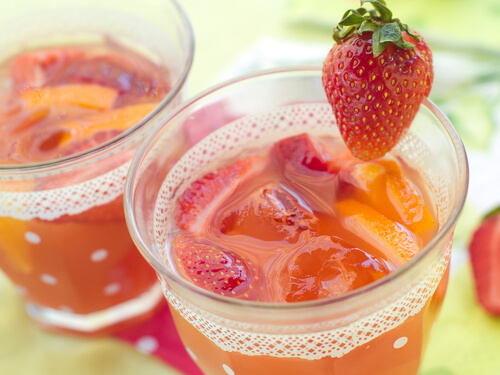
Strawberries are a good option for diarrhea because of their astringent properties. They are also a good remedy for the skin, mainly for injuries and pimples. They even make a great natural toothpaste: they can keep your mouth clean and protect it from cavities and bad breath.
All cited sources were thoroughly reviewed by our team to ensure their quality, reliability, currency, and validity. The bibliography of this article was considered reliable and of academic or scientific accuracy.
-
Adams, M. Dieta Reductora de Colesterol.
-
Apaza Condori, C., & Rosello Apaza, M. D. P. (2017). Efecto del extracto seco del pericarpio de naranja (Citrus sinensis) en hiperglucemia de Rattus norvegicus con diabetes mellitus tipo 2 inducida experimentalmente, Arequipa 2016.
- Apples, raw, with skin [Includes USDA commodity food A343] Nutrition Facts & Calories. (2018). Retrieved from https://nutritiondata.self.com/facts/fruits-and-fruit-juices/1809/2
-
Araujo, L., Buitrago, D., Marquina, M., Morales, N. O. R. A., Méndez, G., Pernía, T., & Sosa, M. (2002). Comparación de la actividad anti-inflamatoria de los polifenoles presentes en las frutas; Mora (Rubus fruticosus B.), Fresa (Fragaria vesca L.) y Grapefruit (Citrus paradasi M.). Revista de la Facultad de Farmacia, 44.
-
Coronado, M., Vega y León, S., Gutiérrez, R., Vázquez, M., & Radilla, C. (2015). Antioxidantes: perspectiva actual para la salud humana. Revista chilena de nutrición, 42(2), 206-212.
-
López-Sobaler, A. M., Aparicio Vizuete, A., Anta, O., & María, R. (2016). Beneficios nutricionales y sanitarios asociados al consumo de kiwi. Nutrición Hospitalaria, 33, 21-25.
- Paz, A. M., & Ibañez, A. J. (2011). Desarrollo y evaluación de dos prototipos de compotas de manzana y mango con azúcar y alto contenido de fibra (Bachelor’s thesis, Zamorano: Escuela Agrícola Panamericana 2012).
- Strawberries, raw Nutrition Facts & Calories. (2018). Retrieved from https://nutritiondata.self.com/facts/fruits-and-fruit-juices/2064/2
- The 20 Healthiest Fruits on the Planet. (2018). Retrieved from https://www.healthline.com/nutrition/20-healthiest-fruits#section8
This text is provided for informational purposes only and does not replace consultation with a professional. If in doubt, consult your specialist.








